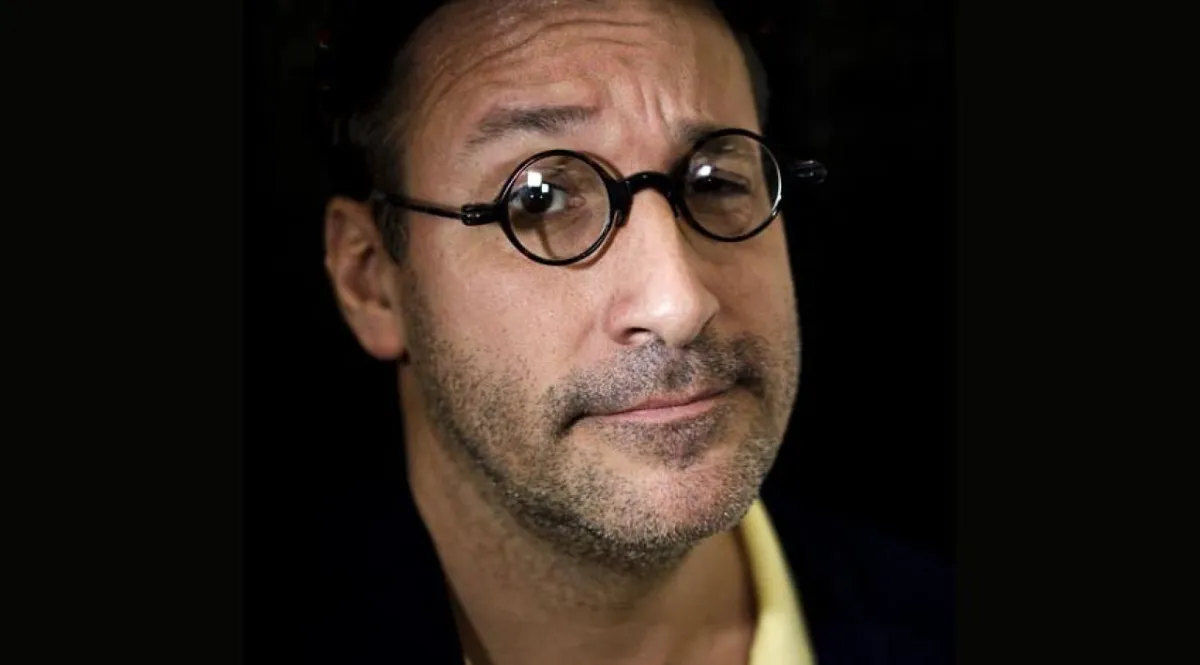In a recent article in Publisher’s Weekly, Jennifer Croft, who won the International Booker Prize for translating Olga Tokarczuk’s Flights, said she wouldn’t translate books without her name on the cover anymore. “Not only is it disrespectful to me, but it is also a disservice to the reader, who should know who chose the words they’re going to read.”
Others supported her decision, including translators who felt overlooked. This was clearly a touchy subject for Croft, who translates from Polish, Ukrainian, and Argentine Spanish into English.
One month later, she turned her resolution into a campaign for International Translation Day. Using the hashtag #TranslatorsOnTheCover, Croft and novelist Mark Haddon published a letter on the UK’s Society of Authors website thereby urging publishers to give translator credits . “For too long, we’ve been taking translators for granted,” the letter reads. “From now on, we will be asking, in our contracts and communications, that our publishers ensure, whenever our work is translated, that the name of the translator appears on the front cover.”
The Authors Guild jumped on board right away. “It is long past time that translators be acknowledged for their contributions by including their names on the book’s cover,” said Mary Rasenberger, CEO of the Authors Guild. “That’s only the first step, however; translators should also receive royalties and a share of subsidiary rights.”
In the literary translation community, there have been discussions for decades about how to credit translators. As a result of social media, Croft’s push for equality is gaining traction. Over 1,800 people have signed the letter so far, including Jhumpa Lahiri, Yiyun Li, and Olga Tokarczuk.
“Putting our names on the covers of the books we wrote every word of takes two seconds and zero dollars,” Croft told PW. “Why not make that change?”
Croft’s own experience with cover credits varies among publishers. Her name has appeared on the covers of books published by Bloomsbury, the Feminist Press, Transit Press, and Charco Press in the U.K. To her, that’s how things should be. Translators, however, often have to negotiate for months over royalties and cover credits.
“Some publishers aren’t even really willing to negotiate with translators,” Croft explained, “which goes back to the underlying issue of publishers just not being willing to recognize us as co-creators of the work—as artists in our own right.”
Croft says translators should also be credited on covers for practical reasons. “The reader deserves to know upfront who wrote the book they’re about to purchase,” she said. “Just like when you’re deciding what movie to watch, you might want to know who’s in it as well as who directed it.”
Literary translators are like audiobook narrators. “I often choose audiobooks based on who reads them,” she said, noting that she finds titles she wouldn’t otherwise discover. “The same is true for translations: if a reader loves a translation by Damion Searls or Ellen Elias-Bursac, seeing a book with one of those names on the cover might prompt them to try out a new author.”
American publishers are more likely to listen to translators than original authors when it comes to foreign-language books. In this way, they’re vital to the process over and above the translation itself. Artificial Intelligence cannot replace them. When a translator decides to translate a book, it’s usually because he or she thinks it’s important or they’re passionate about it and want readers to feel the same way.
Why might a literary publication omit a translator’s name from the cover? “I would love to hear an editor or publisher explain their motives,” Croft said. “I honestly can’t understand what they might be.”
Readers are starting to notice these omissions. A case in point: Michael Favala Goldman translated Tove Ditlevsen’s short story collection The Trouble with Happiness. FSG shared the cover on its Instagram, and some people noticed Goldman’s name wasn’t there. “List the translator,” one wrote. “Exciting,” said another. “Only thing missing is the translator on the cover.”
In Croft’s opinion, cover credits show translation is also a type of authorship, elevating it in readers’ minds. “Having our names on the covers of our books foregrounds the collaborative nature of translation in a wonderful way that I think readers will really respond to,” she said. “There is no reason to keep concealing our identities, as if languages other than English were something to be ashamed of.”
